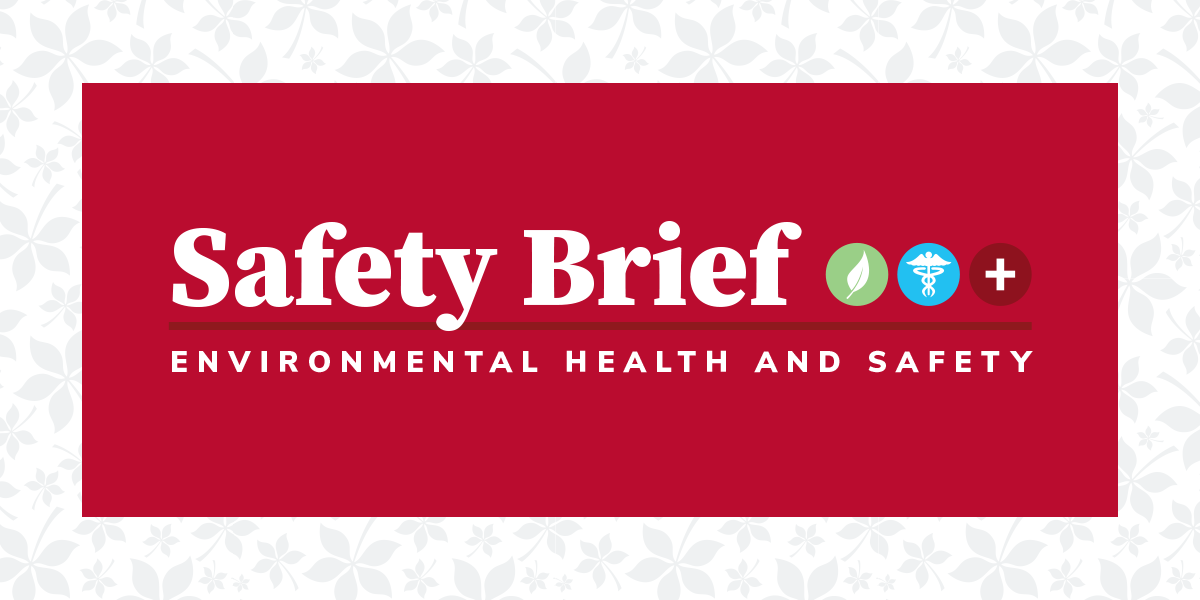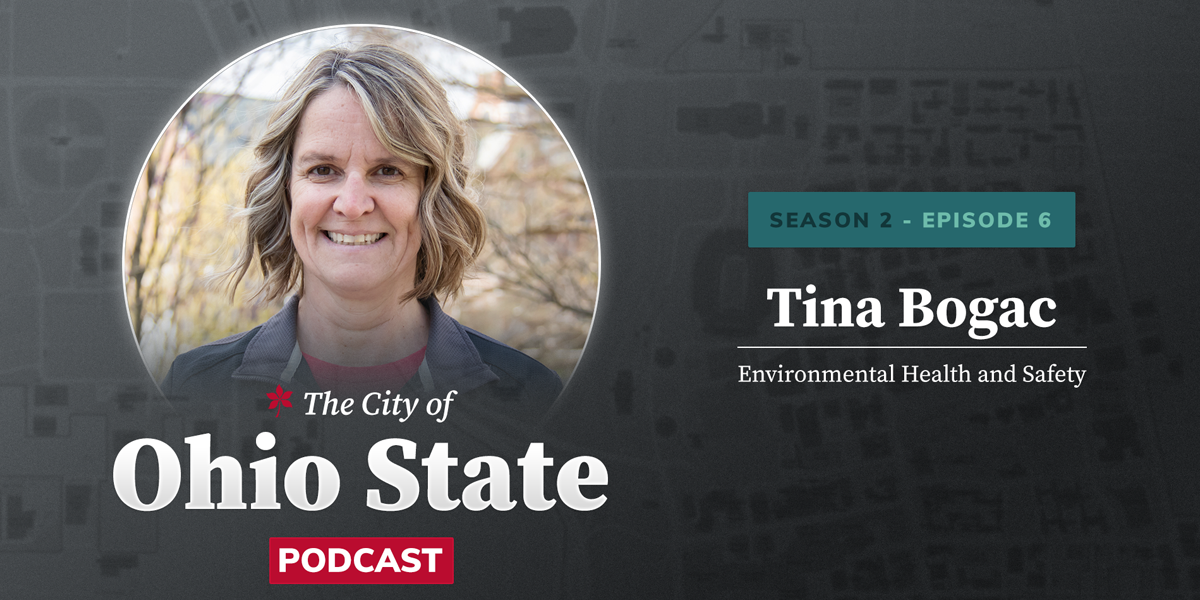Baker Earns Shared Values Award
Each quarter, members of the university compliance community nominate colleagues and partners who best exemplify the university’s Shared Values. This month, Environmental Health and Safety’s (EHS) Mitch Baker was selected to receive the Shared Values of Integrity and Respect Award.“Our nominees this quarter are a list of exemplary colleagues who demonstrate our Shared Values of integrity and resp...



